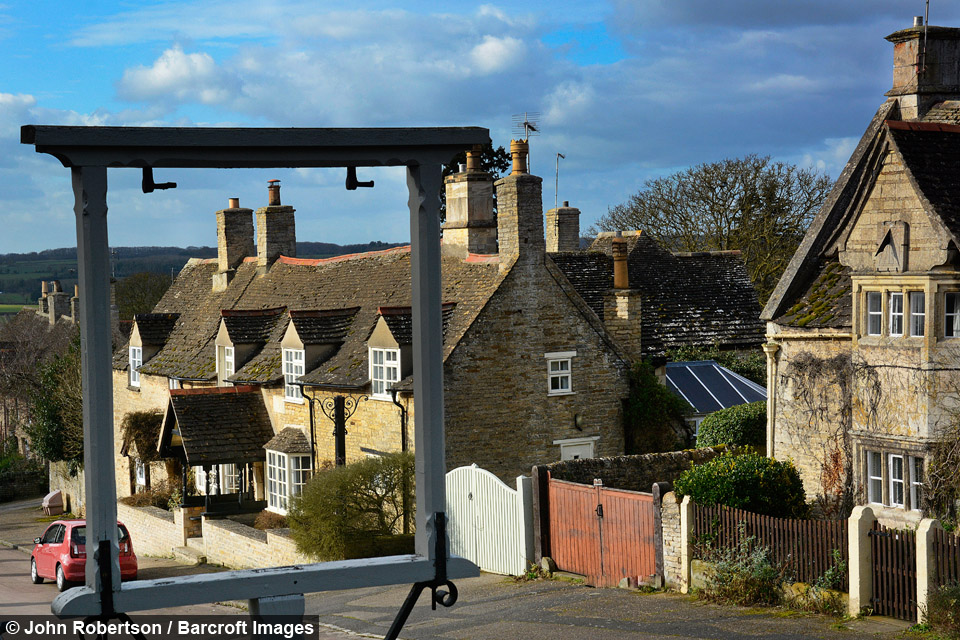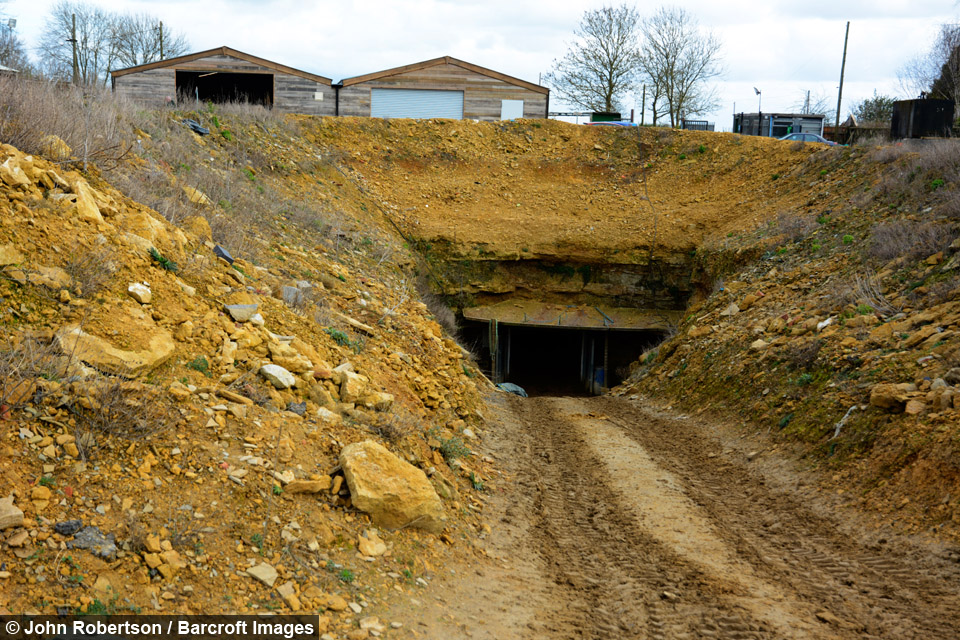British Slate Mine Is Reopened After 60 Years
By Shannon Lane @Shannonroselane
Scroll down for the full story
Dating back 600 years, the mine is owned by Nigel Smith whose great grandfather, Willie Smith, was a worker in the original Collyweston mine.
The high quality limestone slate is thousands of years old, formed under high pressure and sits on a bed of compacted sand.
After the slate is removed from the mine it is placed in a giant freezer to imitate the effects of frost; which makes it much easier to split the rock into thinner sections.
These are given a final splitting by hand in a method known as 'cliving' using a special hammer.
The slates are then drilled with just one hole and get attached with stainless steel nails; and can last for up to 200 years.
Photographed by John Robertson on March 1 2017, the new mine had to be dug out before work began as it had been filled in with rubbish and old mine workings when it was closed.
Not only was the tunnel filled with waste, but also a large colony of bats which halted progress.
An 80 metre tunnel was cut into the new workings but a new wall was built to protect the colony of bats.
After extraction of the limestone slate, the area will become a bat reserve, and added to an existing and protected site nearby via a tunnel.








